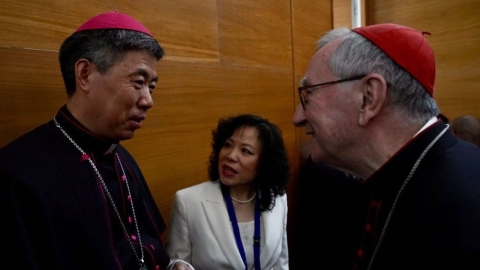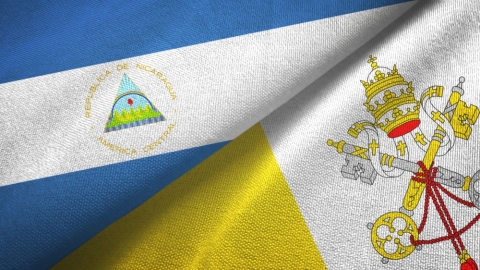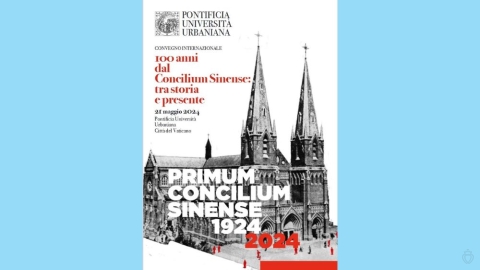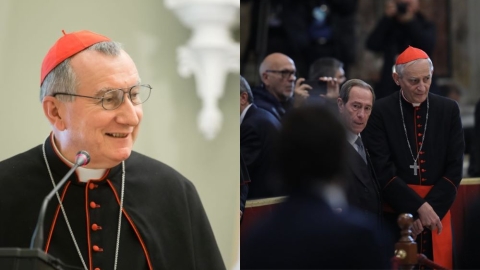The Priests of Tomorrow

What will parish priests look like in a few years? This is the question the recent Bayard Etudes survey carried out within 25 diocesan seminaries attempts to answer. Despite the possible biases of this type of survey, several trends have emerged and suggest that Vatican II and the post-conciliar period are gradually fading into the mists of the past.
Of the 673 candidates for the priesthood interviewed by the Bayard Etude group in 25 French seminaries, 434 – or 64% – agreed to answer the questions put to them and the summary of their responses was published a few days before Christmas. The first surprise, which is rather good in fact, is that the future priests claim a clear priestly identity.
A classic vision of the priesthood is shared by a majority of respondents who cite the figure of the holy Curé of Ars as a model for them, highlighting their desire to be clearly identified as priests. Nearly three-quarters of the seminarians surveyed plan to wear the cassock for at least certain occasions, and half on a usual basis. Future priests therefore do not seem to want to go for the “turtleneck, jeans, and sneakers” look.
Moreover, when they talked to them about their future ministry, 70% of respondents believe that the heart of their mission will first of all be the celebration of the sacraments. Prayer is equally a part of their consideration.
Another Interesting point from the survey: the investigators recognize that the seminarians interviewed pointed out certain formulations deemed “worldly” in the questionnaire and expressed their fear of falling into “spiritual lukewarmness.”
In the same vein, the Traditional Mass divides current candidates for the priesthood much less than their elders, which was more marked by the liturgical struggles of the post-conciliar era. 14% of the seminarians questioned would like to have the ability to celebrate according to the two forms of the Roman Rite and 7% would like to use the traditional missal regularly, while 34% say they have nothing against the old Mass.
They are far from the ostracism produced by the motu proprio Traditionis custodes. More broadly, when asked about Vatican II, 24% of them affirm that it is a fine legacy, even if its implementation has led to abuses.
Can a reason for this renewed interest in the liturgy be found there? 47% of the seminarians questioned have regularly or occasionally been in contact with a parish or traditionalist community sufficiently visible and dynamic in order to be able to attract them and engage them in reflection.
Regarding the question of homosexuality in the Church, 32% of responses insist on the fact that the Church must not “promote homosexuality as equal to heterosexuality,” and 19% refer to the teaching of the Catechism of the Catholic Church, contrary to the posture adopted by the Fiducia supplicans declaration which intends to allow the non-ritual blessing of same-sex couples.
(Source : La Croix – FSSPX.Actualités)
Illustration : Photo 41298427 © Paul Keeling | Dreamstime.com





